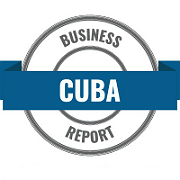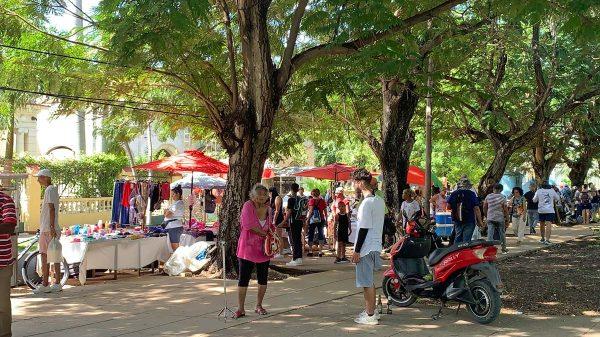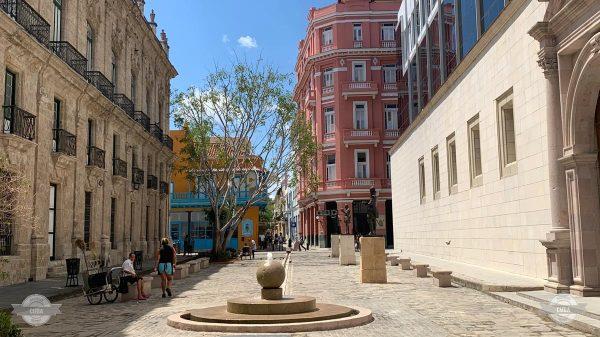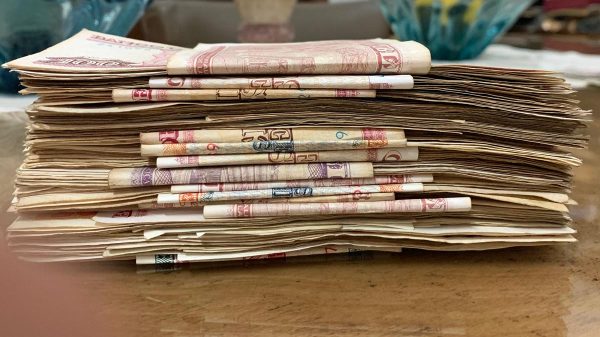Entrepreneurs from 46 countries, most of which come from Europe, have been discussing with the Cuban Government investment projects totaling $4,300 million. Geographic location, the availability of important natural resources, numerous bilateral and multilateral trade agreements signed by Cuba and third countries are a stimulus that has turned Cuba into a nation with great business opportunities, expanding the facilities currently offered by the special zone development at Mariel (ZEDM).
The Port of Mariel (ZEDM) is a deep water port is suitable for large cargo ships, located 45 kilometers from Havana, was created in 2013. Cuba offers significant corporate and tax advantages for companies that choose to invest in the country.
According to the Government, after the beginning of rapprochement with the United States, more than 400 companies are now interested in investing. The reason for this is that Havana may become a fundamental point for trade between Asia, Europe, Central and South America, the Caribbean and North America, mostly by its proximity to the Panama canal and the canal of Nicaragua, under construction.
The analyst Jorge Rodriguez said that the investor seeks profitability (lowest price and best quality).
Guido Macas, Professor of Economics at the Ecotec University of Technology, said this also influenced the growth of 4.2% in 2015. “This year a growth rate of 2% is expected . This is a moderate rate but if the USA removed the embargo, the economy could grow by 3% or 4% annually in the next 3 years.”
Raúl Castro, President of Cuba, reported in his general speech on July 8 that the first half the gross domestic product (GDP) grew by 1%. “He said that this result was due to external financial constraints caused by falling export prices and the limitations faced by some of our major trading partners, due to falling oil prices…” He also added that Cuba would continue to honor its financial obligations with other countries.
Recently the Cuban Government announced that Vice President Ricardo Cabrisas had replaced Marino Murillo as Economic Minister so that Murillo could focus on advancing economic reforms promoted by Castro since 2006. Prior to this, Murillo had presented the adjustments in the economy, emphasizing its support of development in the tourism and renewable energy sectors.
In 2015, the Department of Commerce issued 490 authorizations to investors from 46 countries, and mostly in Europe for doing business worth a total of $4,300 million, although most of these projects have yet to be realized.
An analysis, prepared by Spanish law firm Lupicinio, who has been in Havana since 1996, indicates that “Cuban law does not distinguish between Cubans residing abroad or any other nationality.” In addition there are all the necessary security guarantees.
The government of Havana has signed 62 bilateral agreements for the Promotion and Protection Mutual Investments (APPRI) and multiple agreements of double taxation and fiscal evasion. It also has an impeccable legal track record of enforcement of international arbitration awards.
However, the foreign investment law does not permit business or trade in health services, education to the population, as well as military institutions. On the other hand, the Cuban Chamber of Commerce said that it does promote foreign investment in the sector of telecommunications, banking, or insurance companies.
Analyst Guido Macas said that despite the 50 year old U.S. trade embargo, Cuba has grown over three decades of tourism. “Many Latinos have opted for the tourism sector through travel agencies. The big problem is still the infrastructure, we expect improvements in the hospitality industry and on the roads”.
In January 2016, the Fast Reliable Seaways (FRS) and Clipper German shipowner companies expressed their interest of increasing its dealings with Cuba and encourage some projects that benefit the sector. The Group may also make possible funding from Germany, Spain and Canada, which would favor businesses in Cuba.
Dudley Althaus, the Wall Street Journal journalist, said that although, it is still illegal for Americans under the U.S. trade embargo to travel as a tourist to Cuba, with the so-called “travel with purpose”, the Government of Barack Obama established 12 exceptions, from medical and religious missions to cultural exchange visits. According to official reports of tourism, the result is positive. Among the 3.5 million tourists who visited the island in 2015 more than 450,000 citizens or U.S. residents. The number of visitors increased by 17% to 2014.
Jose Luis Perelló, dean of the tourism program at the University of Havana, made a preliminary calculation and determined that in the first semester of 2016, the amount of visitors from the U.S. grew to 26%, or 304,000 people, with regard to the same period of 2015, which makes American visitors the second greater number of tourists to the island after the Canadians. (I)
Source: This article originally appeared in El Telegrafo. It has been translated and edited by the staff at the Cuba Business Report.

From our staff writers and editors.














